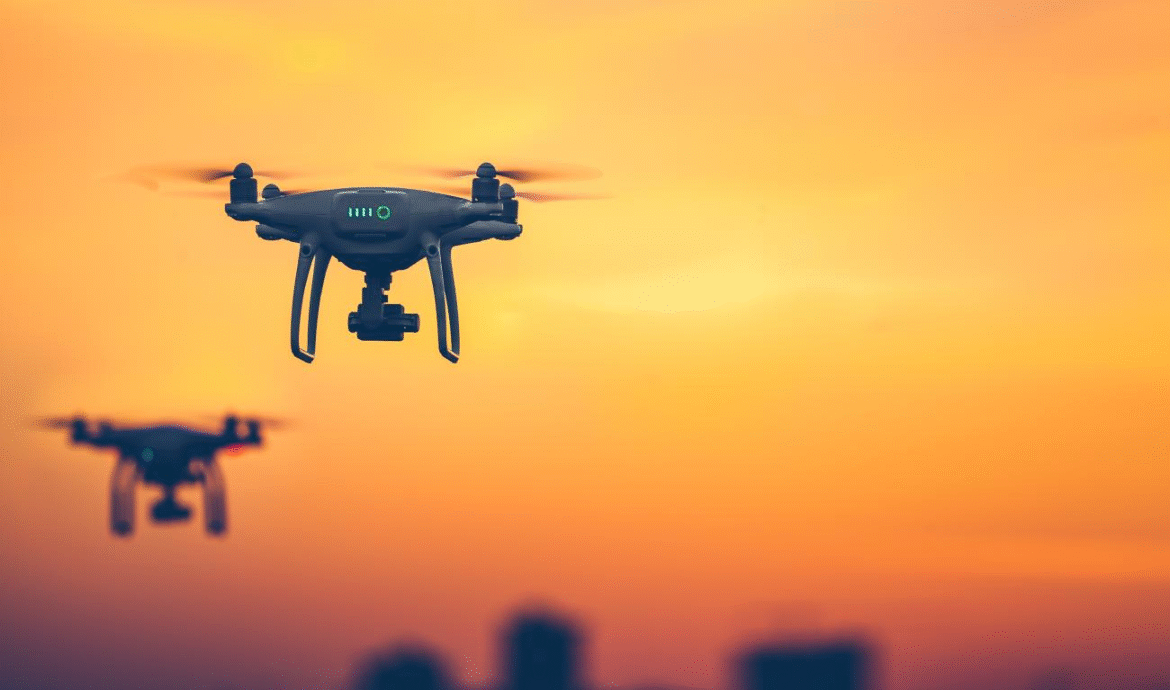AI Generated Summary
- Explaining the motivation behind the project, Lakshit Gupta said, “With the increasing reports of drones being used for illegal cross-border activities, we wanted to create a solution that was accessible and didn’t depend on expensive military-grade hardware.
- The innovative project was spearheaded by Lakshit Gupta, Vansh Sharma, and Riya Singh from the School of Computer Science and Engineering, under the mentorship of Dr Mohit Arora, Head of the Machine Learning Domain.
- Unlike traditional radar and radio frequency (RF)-based detection systems, which are costly and require specialised infrastructure, this new system relies solely on a simple camera integrated with artificial intelligence, making it a low-cost yet highly efficient alternative.
Students from Lovely Professional University (LPU) have developed an AI-based drone detection system aimed at tackling the increasing misuse of drones for cross-border smuggling, surveillance, and unauthorised intrusions.
The innovative project was spearheaded by Lakshit Gupta, Vansh Sharma, and Riya Singh from the School of Computer Science and Engineering, under the mentorship of Dr Mohit Arora, Head of the Machine Learning Domain. Unlike traditional radar and radio frequency (RF)-based detection systems, which are costly and require specialised infrastructure, this new system relies solely on a simple camera integrated with artificial intelligence, making it a low-cost yet highly efficient alternative.
How the System Works
The system processes live video feeds using advanced AI models such as YOLOv8s, RetinaNet, and One-Class SVM. These models are trained to accurately identify drones in various environments and lighting conditions. Upon detection, the system can instantly trigger alerts, enabling real-time monitoring.
The team is already working on additional features, including estimating a drone’s position, speed, and altitude, which could further enhance its effectiveness in security operations.
A Solution Beyond Borders
Explaining the motivation behind the project, Lakshit Gupta said, “With the increasing reports of drones being used for illegal cross-border activities, we wanted to create a solution that was accessible and didn’t depend on expensive military-grade hardware.”
While originally designed for defence and border security, the students believe the system has wider applications. It can be deployed at airports, large public gatherings, industrial facilities, and even agricultural fields where unauthorised drone activity poses security or privacy concerns.
A Milestone in Student Innovation
Praising the students’ efforts, Dr Mohit Arora remarked, “This project is a remarkable example of how LPU students are leveraging emerging technologies to solve real-world challenges. It demonstrates the potential of AI to deliver scalable, cost-effective security solutions for both defence and civilian use.”
As unauthorised drone activity continues to pose security threats worldwide, this LPU-developed system could become a key tool in strengthening airspace security across India and beyond.




